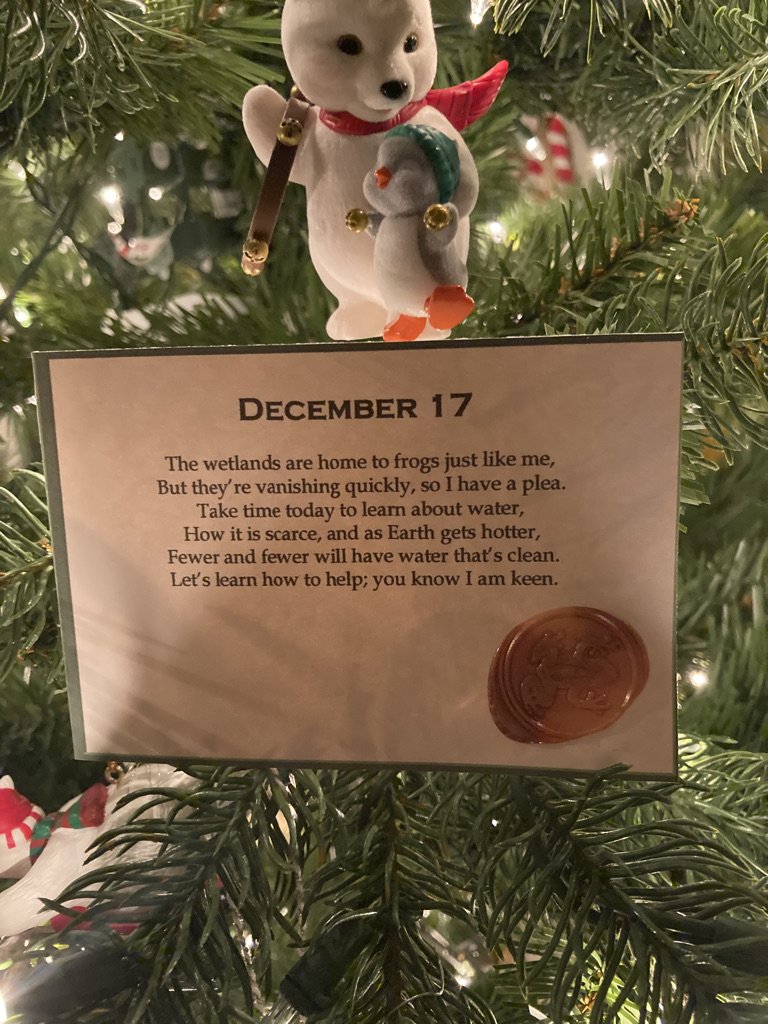Activity:
Using the materials above as a starting point, discuss some environmental things you already do and some more that you would like to incorporate into your daily lives.
Rationale:
We’ve already discussed how people who are empathetic are more likely to take environmental action, but we haven’t yet discussed the research that shows that preschoolers develop higher levels of environmental empathy when they are given explicit instruction on the environment’s value. In a 2017 study (Lithoxoidou et al.), a group of school children, who were encouraged to think of non-human lifeforms, like trees and animals, as living beings with similarities to humans in terms of their needs, developed a significantly more ecocentric worldview than their peers. The main educational interventions involved narrative storytelling and literary encounters, dramatic play, and time spent exploring the natural world. Simultaneously, participants were given empathy education and provided role-models for empathic imitation in a unit called “People who help and protect the forest.” The study’s final conclusions were remarkable and conclusive:
The experimental group responses have changed between the initial and the final interview, whereas the control group ones remained the same. That fact is attributed to the participation of the first and the non-participation of the second in the experimental intervention. The experimental group was exposed to the natural environment (experiential component), it was provided of direct information in a slogan form (inculcation), its members participated in emotional role-taking (with empathy development techniques), they developed awareness of the consequences of their actions to the forest (inductive discussion), they were facilitated to take decisions while facing moral dilemmas (moral development) and developed the ability to diverge from egocentrism and show consideration for others and their needs. In this case the "Others" were non-human beings and thus the "ecocentric orientation" was developed. The same children were able to take responsibility and to proceed to environmentally friendly action (Newhouse, 1990). Such a multifaceted pedagogical approach is conducive to the development of environmental values and the progress of child morality. (Lithoxoidou et al., 2017, p. 81)
Just by exposing our children to nature and helping them think empathetically about the environment, the evidence suggests they will develop long-term pro-environmental tendencies that children who don’t receive this type of explicit environmental education won’t.
Many of the environmental activities we suggest for kids are all about individual action, and it’s true that individual action alone won’t solve climate change or any environmental crisis. However, all the evidence suggests that we need a combination of both systemic and individual action, and that individual action can lead to greater public support for systemic change. This is partially because people are distrustful of those asking for massive policy shifts when they have not already made individual sacrifices, but also because making those sacrifices encourages us to think generously about more meaningful progress. This is a great opportunity to discuss the difference between individual and systemic environmental action with our kids, talk about why we need both, and to think through how we can move toward a brighter future with a multi-pronged approach.
Book Recommendation:
For today, I’d like to recommend two books that focus on kids who made major environmental magic. The first is Follow the Moon Home: A Tale of One Idea, Twenty Kids, and a Hundred Sea Turtles, by Philippe Cousteau, Deborah Hopkinson, & Meilo So. It’s about complex problem solving, asking for help, and taking action, and it’s based on a true story. You can watch a read aloud here. I also love The Water Princess by Susan Verde and Peter H. Reynolds. It’s the story of Georgie Badiel Liberty, and her work to ensure the people of West Africa have access to potable water. You can watch her read the book here.



